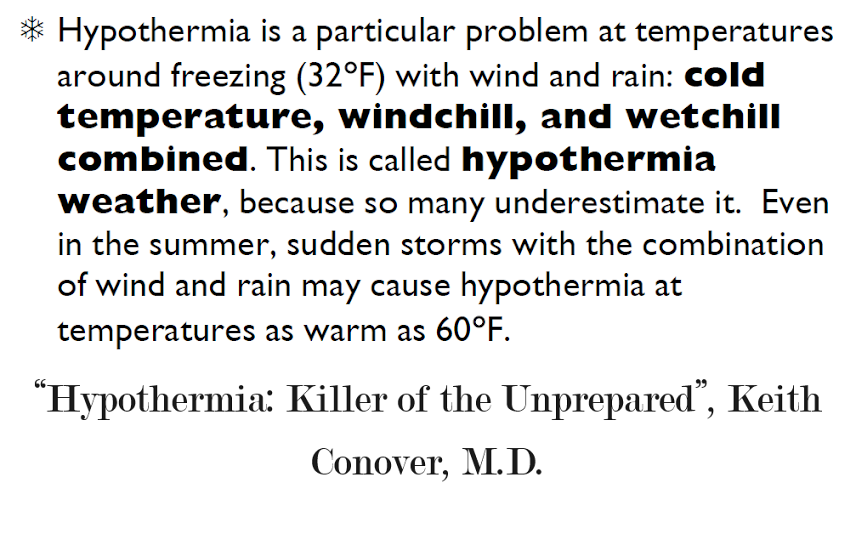Again,
my apologies to the Kratt
Brothers, but “who could it be, that animal that I didn’t
see” just naturally came mind. I
always loved watching Zoboomafoo with my kids when they were young.
I
didn’t see the mystery animal who left these tracks, but I think I know who it
could be, and honestly, I never expected to see one in waterway this close to
Buffalo, New York.
But
the proof is in the prints, so to speak, so let’s break out some photos and
size up these tracks and see what the straddle and stride tell us about who
this could be.
So,
our mystery animal moved with a 3×4 bounding, loping gait, in which the hind
track on one side of the body is placed on top of the front track. The front track is just over 2 inches (5 cm)
wide and almost 3 inches (7.6 cm) long, and the back track is slightly larger
being almost 2 inches (5 cm) wide by just over 3 inches (7.6 cm) long. The stride1 at 34 inches (56 cm)
long, is the same length as my cane2, and the straddle is between 5
and 6 5/8 inches (13 to 17 cm) wide.
At
first, I thought that the tracks might be those of a raccoon (procyon lotor), However, when I looked at the loping gait, I
thought that they might be the tracks of a fisher cat (pekania pennant). But the stride was so long that I began to
wonder if they might be the tracks of a northern river otter (lontra
canadensis), but that would be unbelievable!
It
seemed unbelievable because, river otters had been exterminated throughout Central
and Western New York state by the early 1900s, due to unrestricted trapping,
habitat loss and water pollution, only surviving in the Adirondacks, the
Catskills, and the Hudson River Valley regions of New York State. However, in 1994 the New York State Dept. of
Environmental Conservation, with the help of trappers, began to live trap and
transplant river otters, eventually releasing 279 otters into the waterways of
Western New York at sixteen different sites, so it was possible.
Now,
let’s see what the experts have to say about what it could be.
Because of the bounding gait of the tracks, I knew that the creature must be a member of the mustelidae (weasel) family, which typically (except for the skunk) use this gait because of their short legs and long bodies. In snow a few inches (5 cm) or more in depth, members of the weasel family use the 2×2 lope, placing the hind tracks on top of the front tracks, to save energy. Otherwise, members of this family use a 3×4 loping gait in which the hind tracks on one side of the body are superimposed on the front track of the same side. Incidentally raccoons use a waddling gait, not a bounding gait.
But
both fisher cats and otters can be found in Western New York, both having been successfully
reintroduced, and are both members of the mustelidae
(weasel) family, so how can we tell them apart?
The
straddle of a fisher cat averages 6 inches (15 cm) wide, and the otter’s
straddle averages 8 to 10 inches (20 to 25 cm) wide. Our mystery animal had a straddle of between
5 and 6 5/8 inches (13 to 17 cm), so that would imply a
fisher cat. But fisher cats are smaller
and have a shorter stride length of only about 28 inches (71 cm) long and our
mystery animal had a stride length of 34 inches (56 cm), so that suggests a
river otter.
I
found the tracks on the sandy shore of a large creek, in an area which is
mostly open, with only a few large trees.
Fishers depend on large areas of mature, deciduous, and coniferous
forest for food and shelter, since they eat squirrels, birds, and porcupines,
and while they might scavenge a dead fish they do not hunt in the water. But otters do.
Because
of this I believe that the tracks that I found were those a small river otter,
maybe a female, since female otters are smaller than the larger males.
I
didn’t see any signs of slides, or tail drags, or webbing between toes, (something
which is usually hard to see). Unfortunately,
the sandy track trap on the creek’s shore, where I found these tracks, wasn’t
very large and it had been walked on, obliterating much of the trail. So, honestly, I can’t be certain that they
were the tracks of a river otter, and not a fisher’s tracks.
So,
I guess I will have to go back to Como Park to look for more tracks, maybe I
will get lucky and see one!
Don’t forget to come back next week and read “Seeing The Elephant ©”,
where we will talk about how and why people end up lost in the wilderness.
I
hope that you continue to enjoy The Woodsman’s Journal Online and look for me
on YouTube at BandanaMan Productions for other related videos, HERE. Don’t forget to follow me on both The
Woodsman’s Journal Online, HERE,
and subscribe to BandanaMan Productions on YouTube. If you have questions, as always, feel free
to leave a comment on either site. I
announce new articles on Facebook at Eric Reynolds, on Instagram at
bandanamanaproductions, and on VK at Eric Reynolds, so watch for me.
That
is all for now, and as always, until next time, Happy Trails!
Notes
1
2
Don’t worry, I am not carrying a cane because I hurt myself, I just hate to
leave the house unarmed. A cane is the
only street legal weapon that you can carry without attracting attention and I
am hell-on-wheels in a cane fight, but more on that in a later article.
3
A copy of A Guide to Nature in Winter can be found HERE,
courtesy of Colorado University and Tim Kittel, or
Sources
Stokes,
Donald W.; A Guide to Nature in Winter: Northeast and North Central North
America, [Little Brown & Company, New York, New York, 1976] p. 271-296
Murie,
Olaus J.; Animal Tracks, 2nd Edition,
[The Easton Press, Norwalk, CT, 1974], page 70
River
Otter: Aids to Identifying Tracks and Scat, https://amigosbravos.org/uploads/fck//file/Tracks_Scat.pdf



























.jpeg)







